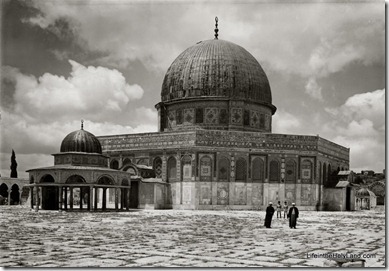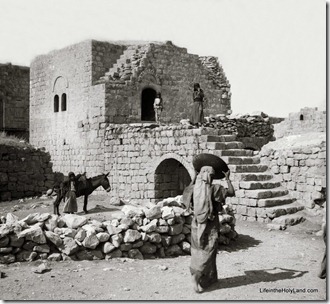Most archaeological work today focuses on the larger cities, such as Megiddo (15 acres) and Gath (100 acres). Smaller villages receive less attention, despite what they can contribute about the daily lives of more “average” ancient peoples. An archaeologist at the University of Tennessee at Knoxville has received a large grant from the National Endowment of Humanities to study villages in the Late Bronze and Early Iron Ages. From the University of Tennessee:
A University of Tennessee, Knoxville, archaeologist who excavates ancient villages in the Near East has received a grant to reshape the modern understanding of the region’s political, economic and social structure by studying its smallest rural settlements. J.P. Dessel, a UT Knoxville historian who specializes in Bronze and Iron Age villages of ancient Israel, has received a $50,000 award from the National Endowment for the Humanities (NEH) that will allow him to integrate his own research with other studies to show how rural villages affected the social landscape of ancient Israel, otherwise dominated by major cities like Jerusalem and Megiddo. "I hope to rebuild our understanding of the biblical region from the village up," Dessel said. "Most of what we know about the ancient Near East in the Bronze and Iron ages is the result of studying major urban areas, cities that represent the social and economic elites of the time. "By looking at small settlements, I expect to show that rural villages were just as vibrant and dynamic as some of the city-states in their midst." […] Dessel’s own excavations have focused on two tiny village sites near Nazareth — Tell el-Wawiat and Tell ‘Ein Zippori — that were occupied between 1550 and 1000 B.C.E., but his yearlong study will include a review of other archaeological data from village sites. His focus on a rural heartland will offer a contrast to urban-focused archaeology that emphasizes ancient texts and elite culture. "This project will show that these villages were diverse and culturally complex entities rather than simple sites focused on agricultural production," he said. "We’ll be able to understand the culture of the region against a backdrop of an extensive rural settlement that spanned both the late Bronze Age and the early Iron Age."
The full press release is here.

